On July 22, 2025, at the 8th Intelligent Assisted Driving Conference, Zhang Chunmin, chief expert of Neusoft Ruichi's assisted driving business line, discussed the development history of assisted driving technologies. The evolution has progressed from phase 1.0, characterized by an expanding list of features, to phase 1.5, where certain functionalities began to integrate, and now to phase 2.0, which focuses on enhancing driving performance. Most systems currently meet the 'usable' standard in highway scenarios, with some leading systems nearing this standard in urban settings. Zhang emphasized that Neusoft Ruichi is incorporating new elements into its end-to-end model to enhance traditional capabilities, simplify complex logic, and introduce various technologies that mimic human driving behaviors. This is part of their mission to create safe, intelligent, and accessible assisted driving products that provide users with more reliable, comfortable, and personalized travel experiences.
Zhang outlined that the development of assisted driving can be categorized into several stages. In phase 1.0, the key feature was the continuous addition of functionalities, resulting in a plethora of options in vehicle systems. Phase 2.0 has seen a gradual integration of these functionalities, with a transitional phase 1.5 where some features were consolidated in specific scenarios. For instance, in highway driving tasks, users can experience full assistance from entering to exiting the highway. However, this does not yet fulfill the ultimate goal of point-to-point driving.
The core of phase 2.0 is to achieve essential driving tasks. Currently, this phase covers typical driving scenarios but is still evolving, with a focus on improving performance metrics such as the average takeover mileage (MPI). Achieving 'usable' standards requires a minimum of 100 km in highway conditions, while 'good' performance is marked by 1000 km. In urban environments, due to their complexity, different metrics are used, incorporating time as a measurement; for example, a system is deemed 'usable' if it can cover an average of 25 km in an hour. Zhang noted that most intelligent assisted driving systems now meet the 'good' standard on highways and some leading systems are progressing towards 'usable' in urban environments.
As for the future of assisted driving 3.0, it is anticipated to achieve further integration, moving beyond existing capabilities in various scenarios, towards a unified vehicle experience. The rapid advancements in intelligent assisted driving are driven by AI technologies. In phase 1.0, deep learning was the core technology, while phase 1.5 saw the introduction of architectures like BEV+Transformer that improved perception capabilities. Now, in phase 2.0, end-to-end technology is mainstream, significantly upgrading assisted driving systems and generating additional value. This includes making system behavior more human-like, which accelerates market penetration.
Currently, Neusoft Ruichi is focusing on how to democratize intelligent assisted driving technologies across mainstream vehicle models. They recently launched two products aimed at mainstream vehicles: a lightweight domain controller and the Next-Cube-Lite front-view all-in-one machine. These products are designed to meet the latest regulatory requirements while providing high-performance assisted driving solutions that can support various applications for passenger and commercial vehicles. The Next-Cube-Lite is set to begin mass production by the end of 2025 after securing contracts from several leading automotive companies.
Neusoft Ruichi Unveils Advances in Intelligent Assisted Driving Technology
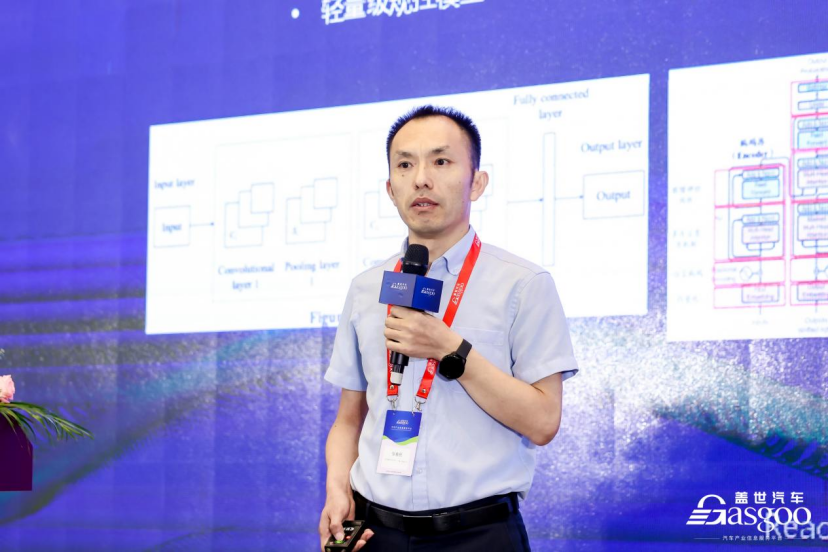
Images

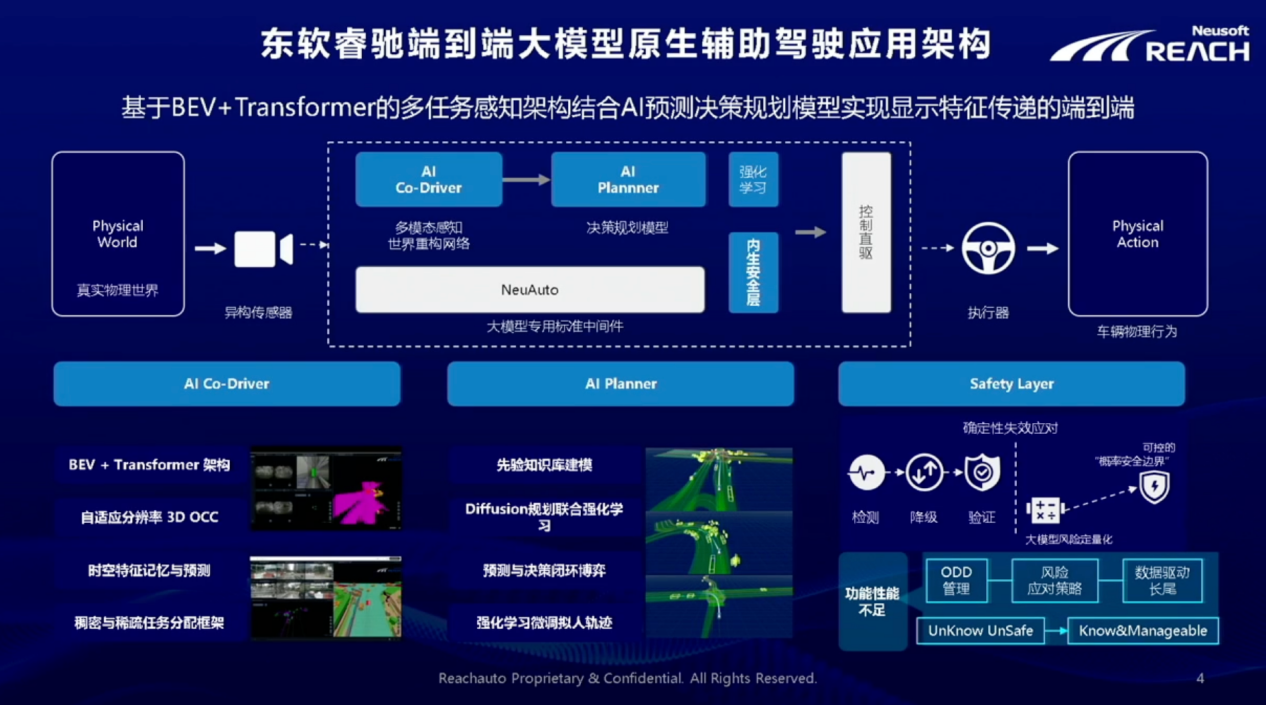
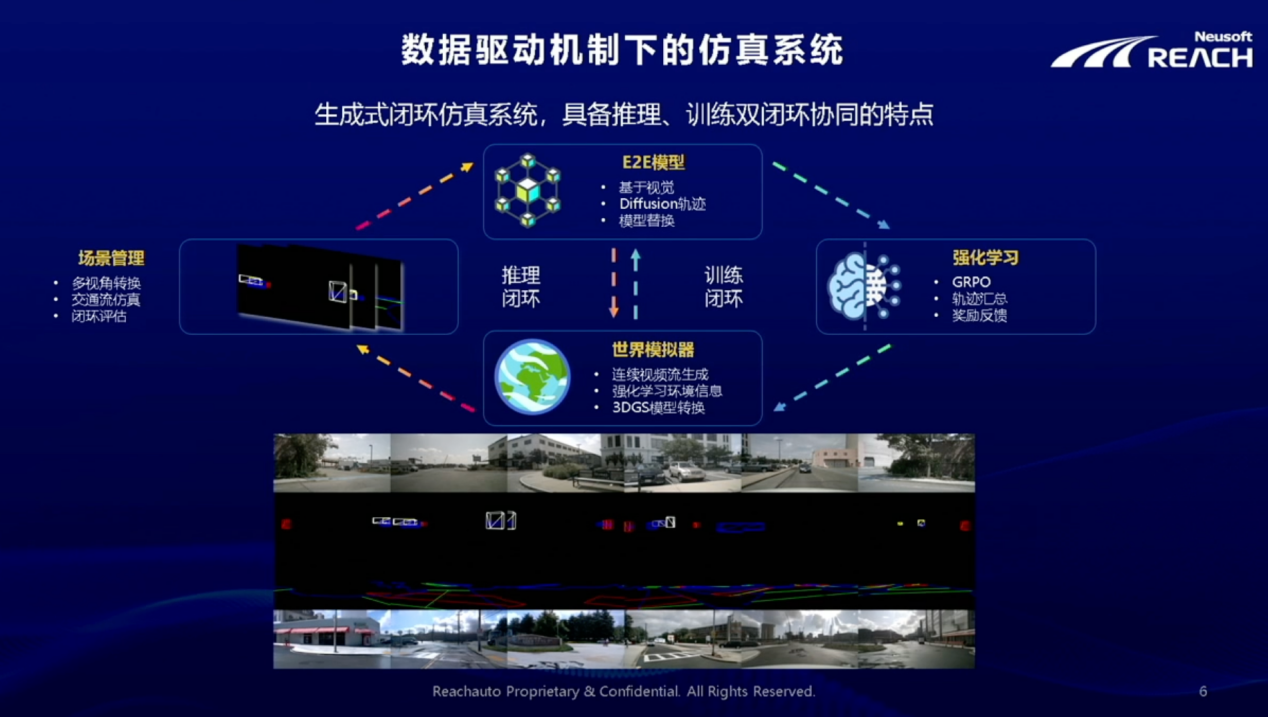
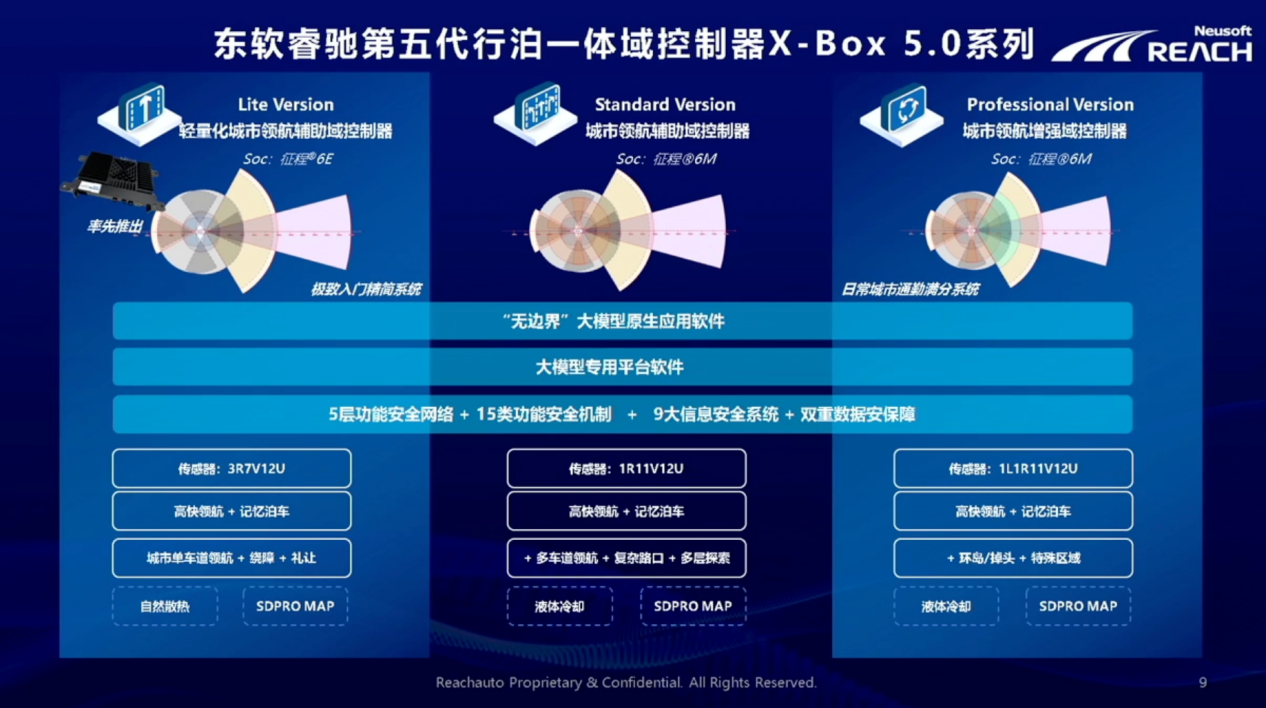

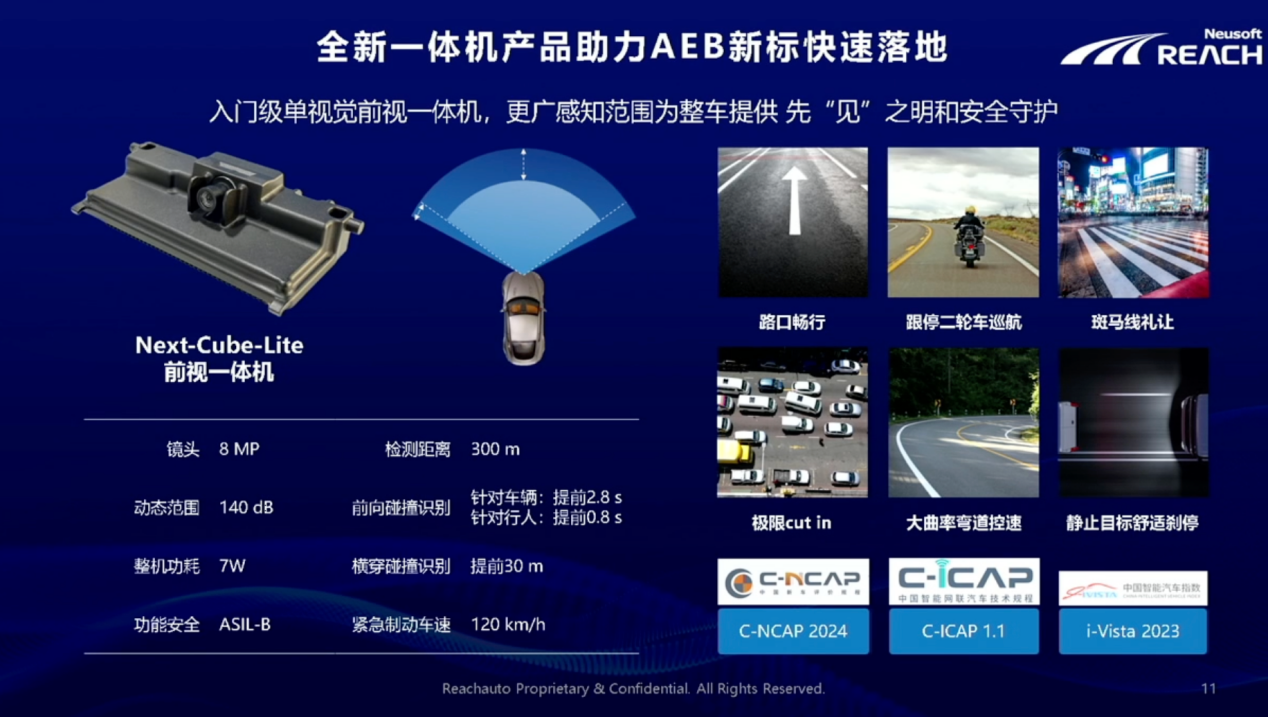
Share this post on: